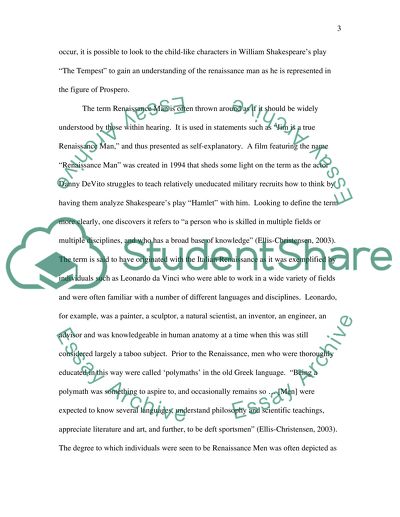Cite this document
(“How do the child figures in The Tempest' contribute to our Essay”, n.d.)
How do the child figures in The Tempest' contribute to our Essay. Retrieved from https://studentshare.org/miscellaneous/1555996-how-do-the-child-figures-in-the-tempest-contribute-to-our-understanding-of-prospero-as-a-renaissance-leader
How do the child figures in The Tempest' contribute to our Essay. Retrieved from https://studentshare.org/miscellaneous/1555996-how-do-the-child-figures-in-the-tempest-contribute-to-our-understanding-of-prospero-as-a-renaissance-leader
(How Do the Child Figures in The Tempest' Contribute to Our Essay)
How Do the Child Figures in The Tempest' Contribute to Our Essay. https://studentshare.org/miscellaneous/1555996-how-do-the-child-figures-in-the-tempest-contribute-to-our-understanding-of-prospero-as-a-renaissance-leader.
How Do the Child Figures in The Tempest' Contribute to Our Essay. https://studentshare.org/miscellaneous/1555996-how-do-the-child-figures-in-the-tempest-contribute-to-our-understanding-of-prospero-as-a-renaissance-leader.
“How Do the Child Figures in The Tempest' Contribute to Our Essay”, n.d. https://studentshare.org/miscellaneous/1555996-how-do-the-child-figures-in-the-tempest-contribute-to-our-understanding-of-prospero-as-a-renaissance-leader.


